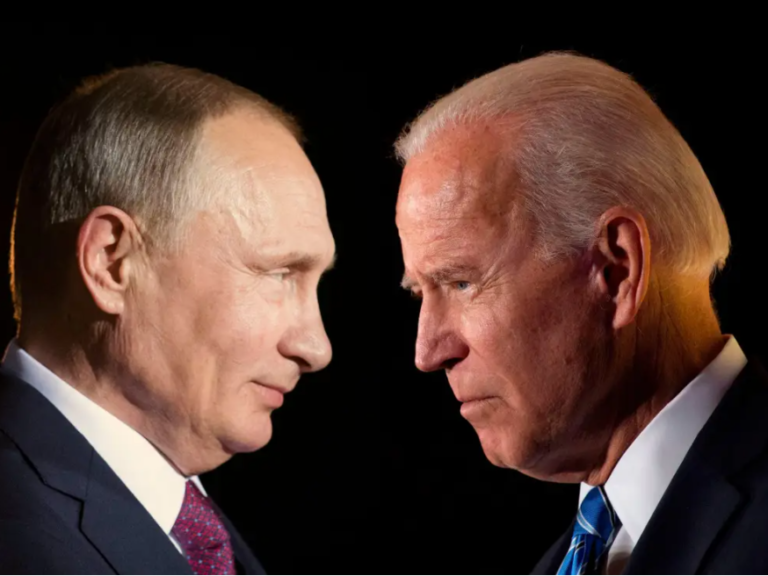When commentators are asked about a NATO no-fly zone over Ukraine, they sometimes acknowledge that it will lead to third world war. Then they suggest ‘so let it start’.
We should know what that really means – the end of humanity.
The immediate results would be a catastrophic loss of human life. The long-term ones would be even more devastating.
Nuclear war between the United States and Russia or between the United States and China, would mean death for hundreds of millions immediately.
But then it would mean a climate disaster known as nuclear winter. As smoke from the blasted cities rises into the atmosphere, the entire planet will soon be choked under dense clouds of soot.
This would mean a cataclysmic drop in global temperatures that would make agriculture impossible and wipe out the entire human race.
Alan Robock, a climate researcher at Rutgers university, has been studying nuclear weapons for 30 years. His team modelled a scenario of “limited” war where two sides launched 100 bombs each. “There would be between 16 and 37 million tons of carbon,” Robock says. It would mean 50 to 125 million deaths in the first week.
A reduction of as much as 35 percent in sunlight reaching Earth’s surface. That means worldwide famine for a decade.
The road to nuclear war is prepared by the idea of “battlefield” nuclear weapons and thermobaric ones. In 2017 the US military used the biggest bomb since the nuclear destruction of Hiroshima and Nagasaki. The US unleashed the 22,000-pound Massive Ordnance Air Blast bomb in Afghanistan. It didn’t lead to worldwide condemnation.
The world is awash with nuclear weapons. All figures for nuclear weapons are estimates but, according to the Federation of American Scientists, Russia has 5,977 nuclear warheads—the devices that trigger a nuclear explosion.
But this includes about 1,500 that are so out of date they are set to be dismantled. That leaves 4,500 or so.
In contrast, the US has 5,428, France 290 and Britain 225—with more to come. This gives NATO a total of 5,943.
Just because all sides of this conflict have nuclear weapons doesn’t mean they would shy away from using them. This line of thinking is dangerous. Mutually assured destruction isn’t off the cards, it’s the kind of barbarism that capitalism allows.
At points the great powers enter talks and negotiations which may seem to steer away from nuclear war.
But behind this face lies the brute possibility of actually using their arsenals. The Ukraine war reminds us that this is one of the methods of extinction—together with recurring pandemics and environmental collapse —that capitalism threatens.












